When it comes to selecting the peak essential gears to tag along with you on the hunt, one thing that you should not leave behind is a rangefinder.
A good rangefinder can increase your accuracy and improve your hunting skill. It delivers a vision of the correct distance to your selected object which would be difficult to attain with your bare eye.
But how does a hunting rangefinder work, what is it actually, and how to use a rangefinder for hunting effectively?
Well, that’s what we set out to explore today. Let’s jump right in.
A hunting rangefinder is a device that is used for measuring the remoteness of an object.
The most typical form of a rangefinder operates on the time of flight standard by transferring a laser pulse in a narrow beam to the object and calculating the period taken by the pulse to be returned from the object and come back to the dispatcher.
General methods use autonomous conduction and its reflection.
Usual range finding approaches comprise a laser, radar, sonar, lidar, and ultrasonic range finding.
How Does a Hunting Rangefinder Work: In-depth Guide
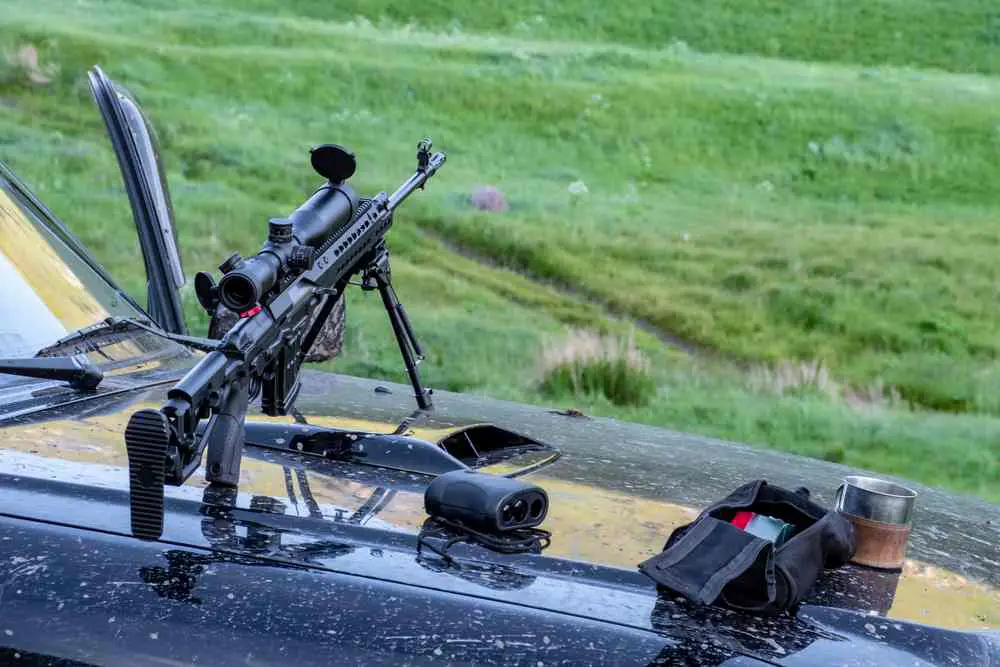
How Do Rangefinders Calculate Distance?
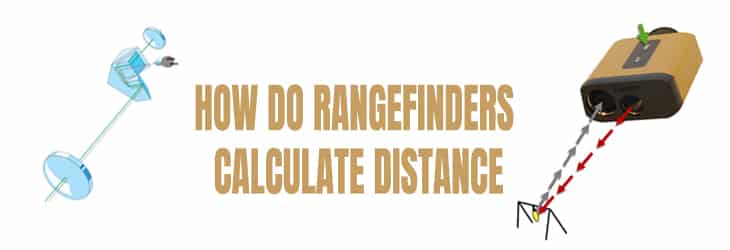
Hunting rangefinders can express the exact distance between you and your target, letting you plan more accurately before you fire.
Though simple rangefinders use simple technology to analyze remoteness, there are currently several technically progressive devices on the marketplace which boast remarkable features to increase your hunting abilities even more.
Usually, most rangefinders work by using laser rays. So, how does a laser rangefinder work to provide you with accurate measurements? Here’s how:
Once the hunter presses a switch on the machine, a laser ray is produced, and the operator then aims that ray at their selected target.
When the rays hit the object, it reflects from it, letting the machine measure that space with a high-speed internal watch which demonstrates precisely the amount of period it took the laser ray to touch the target.
This period is formerly used to show an analysis of remoteness, a calculation that is typically logged in yards. Whether you are using a laser rangefinder for hunting or sports, the working principle remains the same, except for some exceptions.
Rangefinders for bow hunting don’t need a beam of rays that go to distant horizons.
Instead, they require needing precise angle-compensating software to calculate the correct remoteness to an object that might be at a maximum angle to the aimer—say, a deer lower than a hunter in a tree stand.
Bow-mounted rangefinders and Simmons rangefinders are the most popular of this kind.
How Does a Rangefinder Work in Different Situations: Factors That Control the Readings
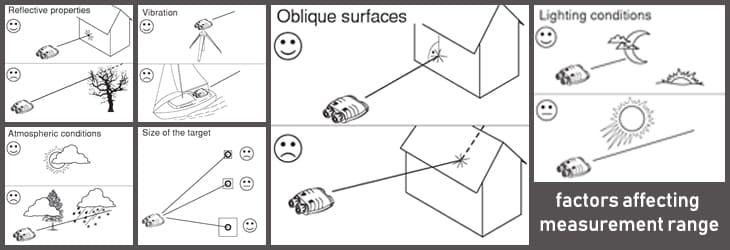
Though numerous factors are influencing how nicely a rangefinder is capable of executing, counting target settings, atmospheric situations, and rangefinder support, and those all play a vital role to get the highest operational range of the unit in a given case.
Here is a precise cooperative illustration provided by Vectronix that illustrates what those are.
Functions: Analysis & Displayed Details
1. Reading
This is by what method traditional rangefinders used to work, and only a few people use this simple method.
2. Closest spike
This is quite similar to number one, but it looks forward to the nearest peak instead of the nearest solo reading.
The closest spike can assist strain out “wrong” readings from objects like rain or mist, which are more dispersed in shape and don’t result in a peak.
3. Highest spike
Consider the whole set of measurements, determines the major peak of analyses for the same space, and took that as what you are aiming for the range.
4. Largest cluster
This method similarly examines the whole set of readings and took the most extensive collection of readings.
5. Furthest spike
This is quite similar to the number two, but it aims for the peak which is the furthest out.
The furthest spike approach is beneficial when anyone tries to range an object that is partly unnoticed by brush. Some say that this approach will display 660 yards.
What to Look for in a Hunting Rangefinder?
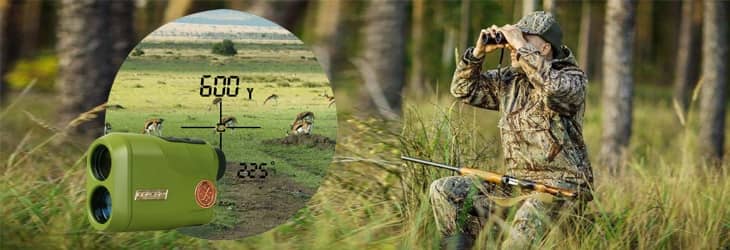
While you are going to buy a rangefinder for you, there are many issues to keep in mind before you take your final choice. Here are some of the key features to consider
- Quality and value
- Highest range
- The total size of a rangefinder
- Viewpoint compensation
- Whether it is user-friendly or not
- Visual Quality
- Aperture size
- Accuracy
A hunting rangefinder if it is as excellent as a Sig Sauer rangefinder for any hunter, particularly when you are planning on doing any long-range hunting.
Hunting rangefinders are capable of reading far-off distances and telling you precisely what distance is in between you and your object for you to take your shot consequently.
Research all of the factors above before selecting which rangefinder to buy. And with that, we’re at the end of our today’s discussion. Now you have the answer to our today’s question, “How Does a Hunting Rangefinder Work”. Congratulations!
FAQs
Can I Use My Laser Hunting Rangefinder for Golfing Purposes?
Yes, you can use a laser hunting rangefinder for golfing purposes. Laser rangefinders measure the distance to an object and provide a very precise reading, making them ideal for golfers who want to know exactly how far away their next shot is. Rangefinders allow golfers to accurately plan out their approach shots in order to get the best angle and distance for the shot.
Are There Any Safety Considerations When Using a Hunting Rangefinder?
Yes, it is important to consider safety when using a hunting rangefinder. When scanning for objects with the rangefinder, be sure to avoid pointing the device at other people or animals. Remember to always keep the device pointed away from your face and eyes while in use.
Additionally, never look directly into the beam of light generated by a range finder, and be sure to use proper eye protection when using a rangefinder in bright sunlight.

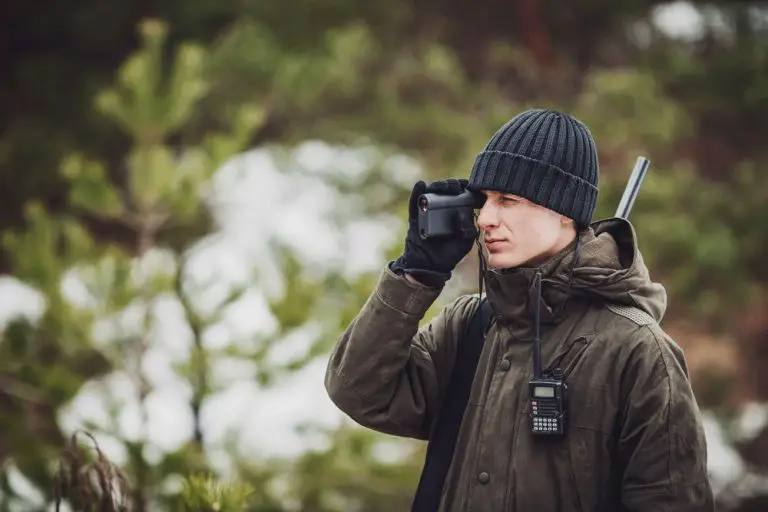







Leave a Comment